Peru was a hard country to leave.
We’d had three whole months in which to explore its diverse and beautiful landscapes, enjoy its delicious array of culinary options, experience the vibrance and energy of its colourful festivals, and interact with its race of (mostly) warm and welcoming citizens.
We’d been able to tick off some incredible bucket-list adventures, such as visiting the Peruvian Amazon, and hiking the Inca Trail to Machu Picchu.
We tasted Ceviche for the first time and sampled Pisco Sour. We learned how difficult it is to hike at altitude before you’re properly acclimatised. We touched a glacier, tried our feet at sand-boarding, and survived the most frightening (and equally spectacular) bus journey of my life.
We enjoyed a serendipitous paragliding experience high above the city of Ayacucho. We explored the ruins of Kuélap, Wari, and Pinkuylluna. We hiked independently (well, kinda!) through the world’s second deepest canyon, and visited two contrasting islands upon the world’s highest navigable lake. And we’d fallen in love with the historic charms of Cusco and Arequipa, and the cobblestone streets of Ollantaytambo.
Without a doubt, our journey through Peru had been one too amazing to put into words, and whilst three months may sound like a long time, I felt like we’d done barely more than scratch the surface.
For that reason I wasn’t sure I was ready to leave, and I wasn’t sure I wanted to.
But our visas would not allow us to stay any longer. In fact they hadn’t legally allowed us to stay as long as we already had.
So, on the afternoon of the 3rd of July, we boarded a bus headed for the Bolivian border.
I entered Bolivia (my 35th country) with feelings of both excitement and trepidation. I was desperately looking forward to ticking two more incredible experiences off my bucket list – mountain biking down the infamous ‘death road’ and taking a tour of the world’s largest salt flat. However I was also rather concerned about how we would fare with my very limited knowledge of the Spanish language, in a country where English is not anywhere near as widely spoken as it is in Peru.
I was also concerned about the poor quality of transportation, food and accommodation. I’d been spoilt in Peru, where the quality of all three had far exceeded my previous expectations.
There were no hostels listed in Copacabana, so we’d had to book a hotel at the upper end of our 100 soles (or 211 bolivianos) budget per night.
It was dark by the time the bus dropped us in the unfamiliar streets of this Bolivian town, but fortunately we were able to find Wendy Mar reasonably easily – mostly due to the fact that the outside of it is painted bright pink.
Whilst Hotel Wendy Mar had a bit of an impersonal feel to it, and we were disappointed to find that we hadn’t seen the back of Peru’s suicide showers, the amazing buffet breakfast offered a fairly large degree of compensation.
But before breakfast-time arrived the following day, one of our first tasks was to find somewhere to grab a spot of dinner. In Peru this would have been an incredibly easy task. In Bolivia it was not.
Potentially we’d found the ideal location for dinner – La Orilla was “a cozy maritime-themed restaurant” and was described by our guidebook as,
“the best restaurant in town.”
It sounded perfect. I really fancied a nice bit of trout and some fresh, crunchy vegetables.
We found La Orilla alright, but unfortunately none of the staff had found their way to the restaurant to open its doors.
Plan B was Pensión Aransaya, which we couldn’t find at all.
Plan C was the only restaurant left in our guidebook that was within a reasonable walking distance from our hotel.
We’d been warned that service could be quite slow at Pueblo El Viejo, but it was at least 10 minutes before anyone even acknowledged us, and another 10 before they’d taken our drink order. Mojitos were on happy hour so we ordered two of those.
Considering how long they took to arrive, we assumed they were going to be good. I like my mojitos with lots of brown sugar and an abundance of mint leaves. Ours arrived with about two mint leaves in each glass, and they tasted like Sprite.
Hmmmm.
Ok so the accommodation was expensive (by Peruvian standards), the service left a lot to be desired, and the mojitos were seriously subpar…surely the cost of the food would help this country claw back some kudos; Bolivia was supposed to be cheap!
I opened the menu, imagining what trucha delights I’d be salivating over, before quickly realising that salivating was all I’d be doing – trout was expensive.
In fact all the local dishes were expensive; even the cheapest options of lasagne or pizza would cost me as much as I’d pay for a memorable meal in a quality restaurant in Peru.
It was starting to look like this country was not going to be as insanely cheap as we’d been led to believe…
Our frustrations with Bolivia only grew when we decided to try our luck at one of Copacabana’s drinking establishments. We’d spotted Km Zero on our walk down 6 de Agosto earlier that evening, and it remained lodged in our heads due to sharing its name with a fantastic little bar in Cusco’s San Blas neighbourhood. So, as we walked past its doors again and were handed a ticket to claim a free drink inside, we saw no reason to decline – especially as they were advertising live music a bit later on.
There weren’t many people inside, so we pulled up a chair at one of the tables close to the stage and waited for a member of staff to take our order (or in our case, collect our drink tickets).
15 minutes later we were still waiting, and after 25 minutes we gave up and walked out.
What we didn’t know at the time but were soon to find out was that Bolivia can be an incredibly challenging country in which to travel, and our frustrations in Copacabana were just the start of many more to come.
It’s a country that has endured long periods of political and economical instability, a country where road blockades and protests are a common occurrence, where buses rarely run on time, witchcraft is still practised, and prices fluctuate with seemingly no rhyme nor reason.
However on the flip side Bolivia is a diverse country of superlative natural beauty, and its people are strong-willed, independent and warm-hearted, with a wicked sense of humour.
This wan’t going to be an easy journey, but it was going to be one helluva incredible one…
Have you been to Bolivia before? What frustrations or challenges did you encounter, and how did you overcome them?
If you like this article, please follow along on Facebook, Twitter, or Google+ or you can look me up on Instagram or Pinterest too!
This is part of the #SundayTraveler link-up, hosted by Chasing The Donkey, Pack Me To, A Southern Gypsy, The Fairytale Traveler, and Ice Cream and Permafrost.


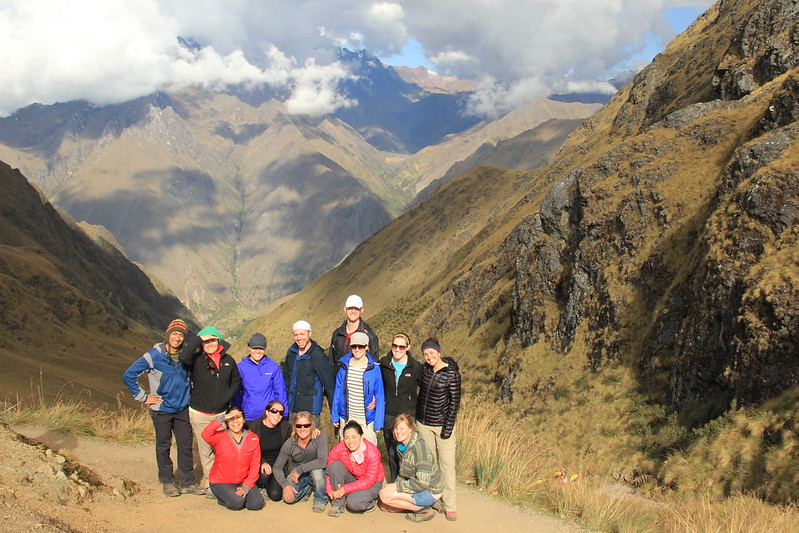
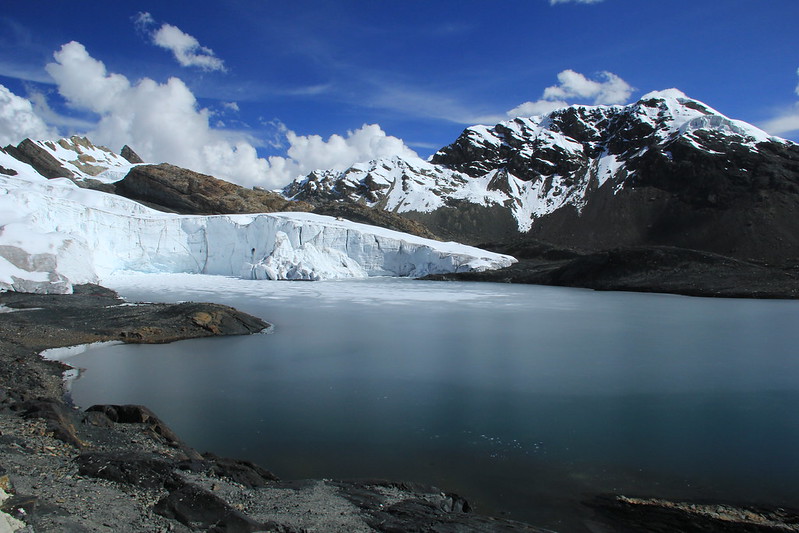
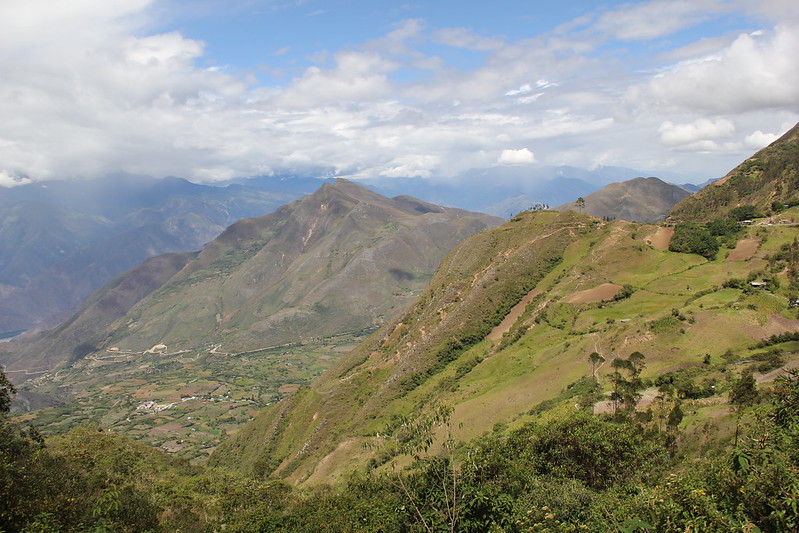
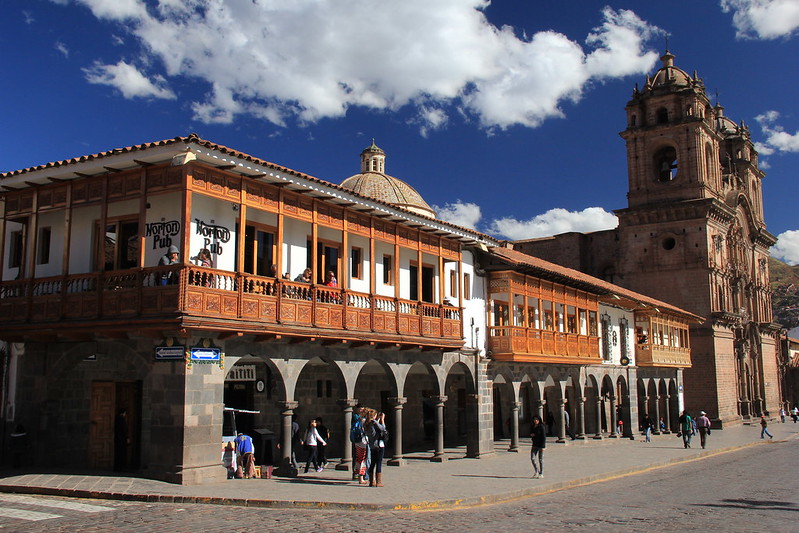

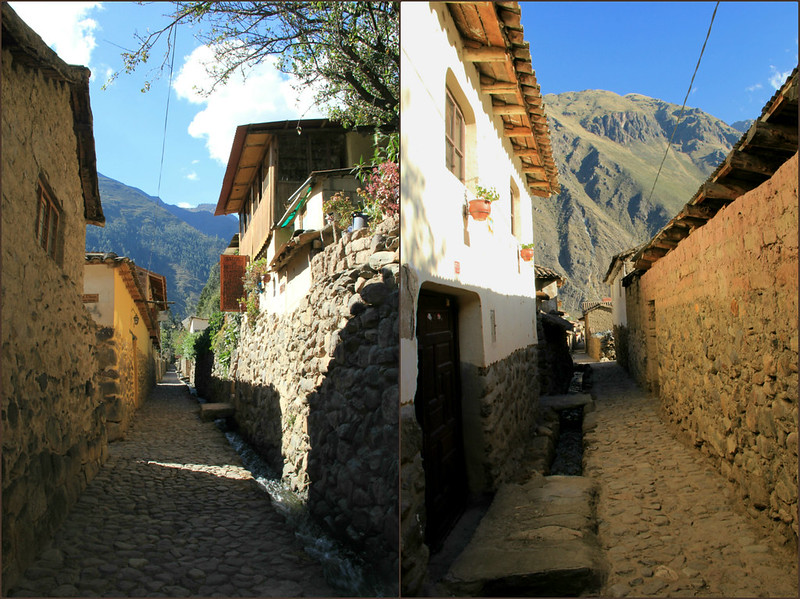
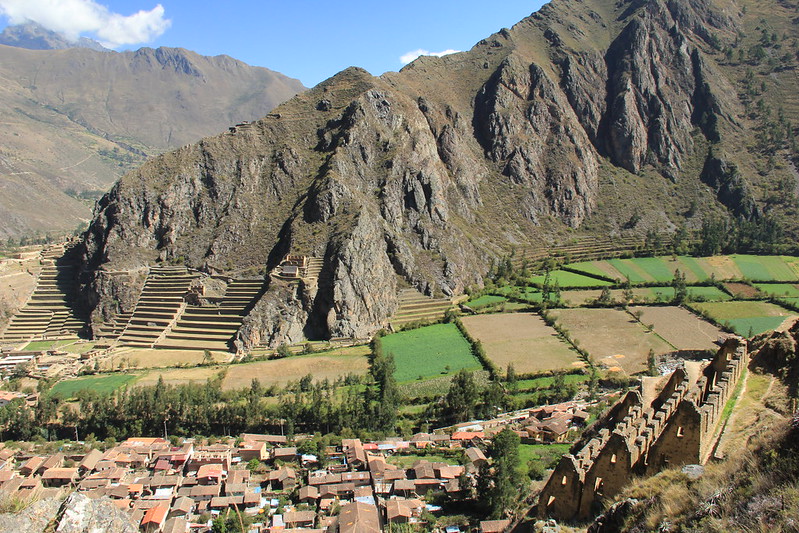

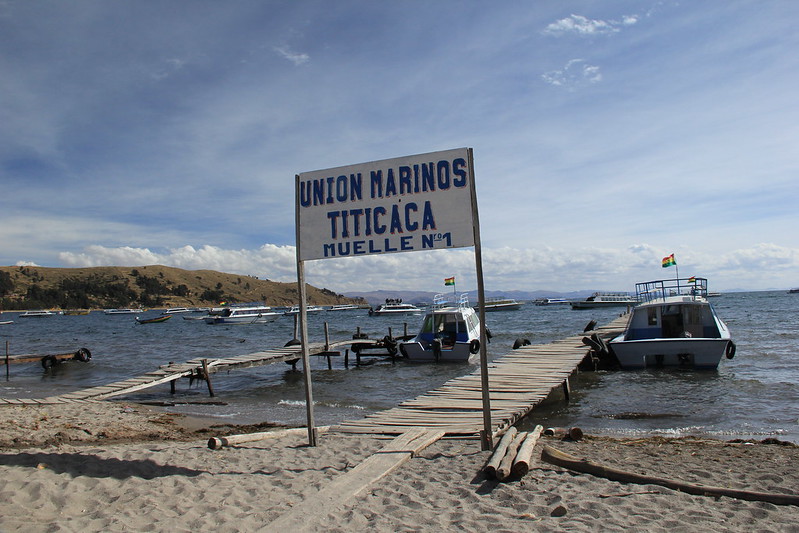
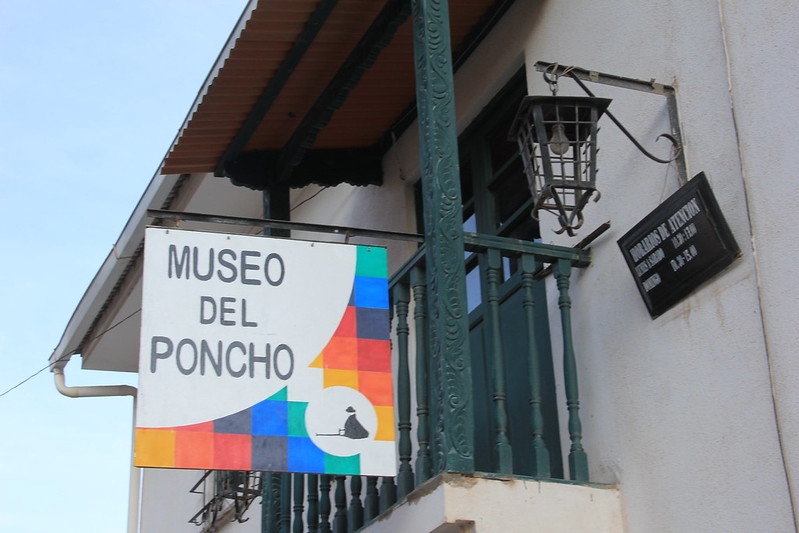
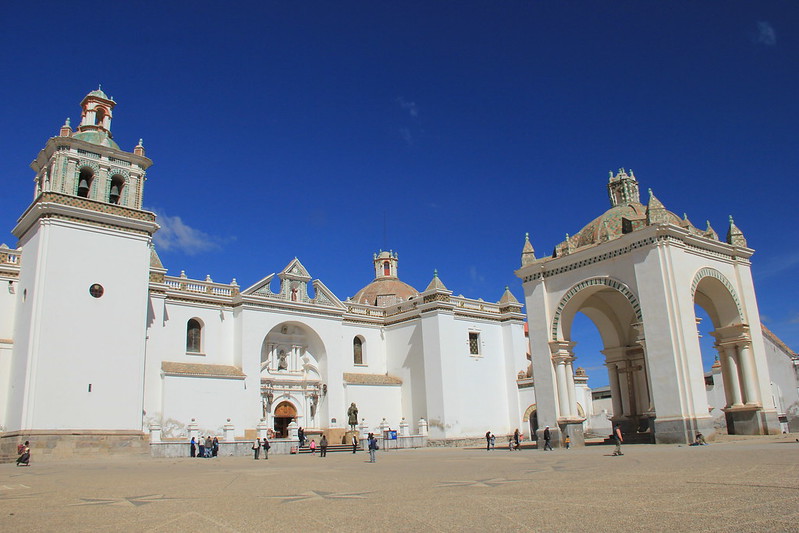
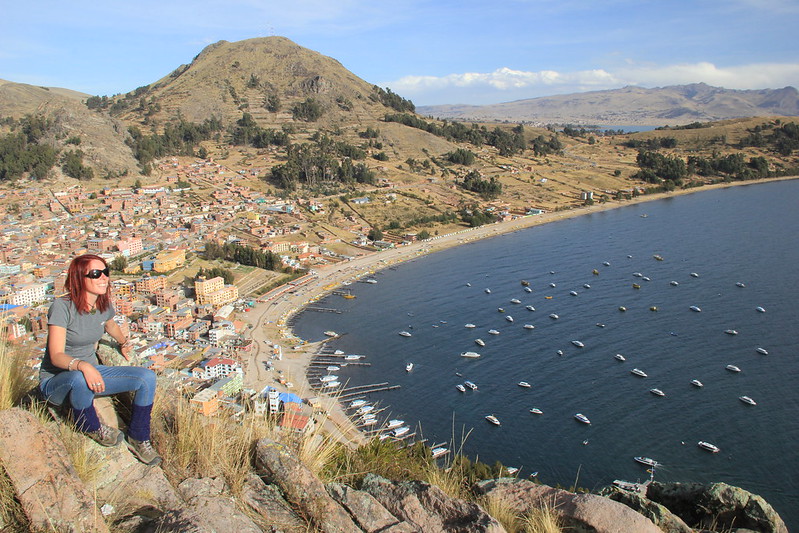
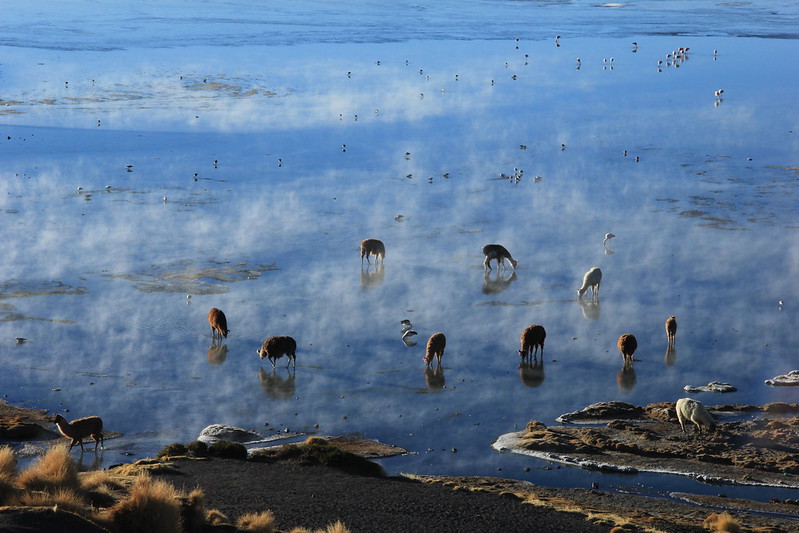
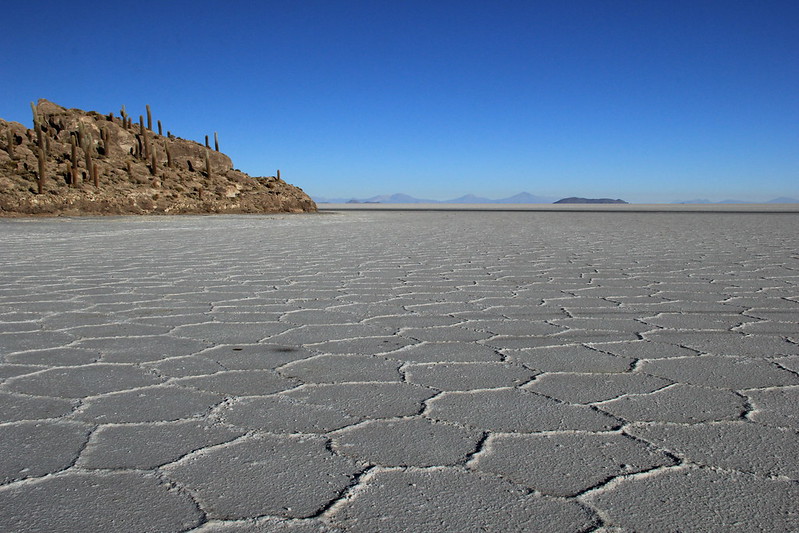





2 Comments
Yes, I completely agree! Traveling in Bolivia is an amazing experience, but full of challenges.
The first one in my case was the altitude, it took me almost a month to get used to it. Then, transport. The bus trip from Uyuni to La Paz was the coldest night of my life. In addition to unreliable hot water for shower and unreliable internet connection. Finally, health… it was the only time in my 11 months trip that I had food poison.
But it was worth, for the hard working and friendly people, for an interesting culture and history, and the breathtaking landscapes 🙂
Altitude was definitely a killer at first (Laguna 69 in Peru was probably the toughest hike I’ve ever done because I wasn’t acclimatised) but fortunately by the time I arrived in Bolivia I’d kicked altitude’s ass! And I totally agree, all those nightmarish bus journeys, cold water showers and poor wifi were all worth it to experience all the good the country has to offer 🙂